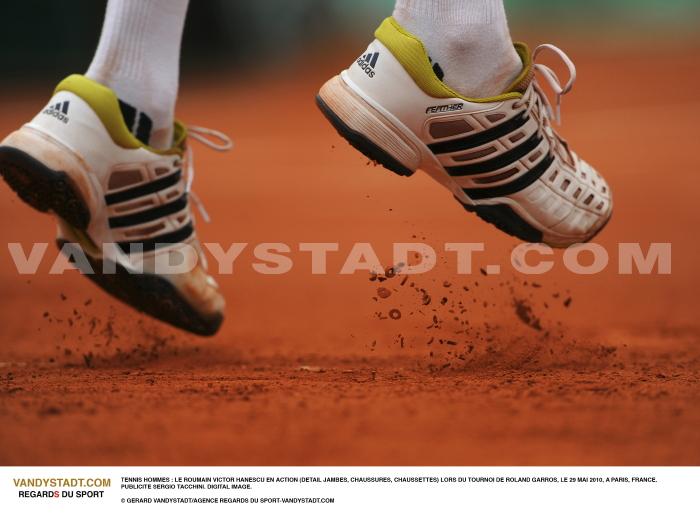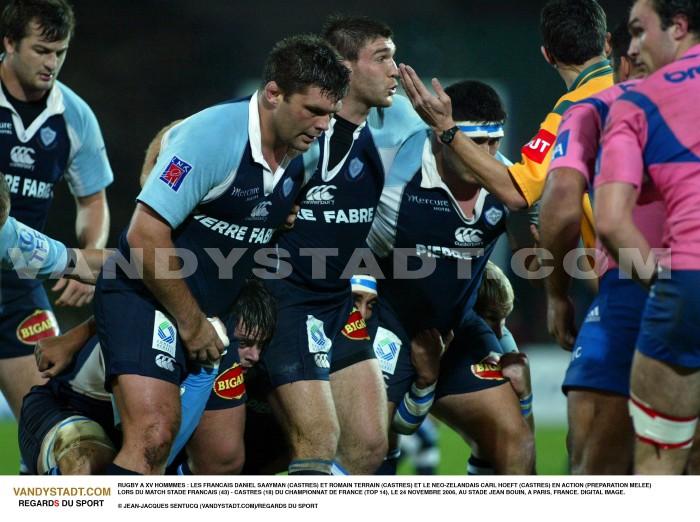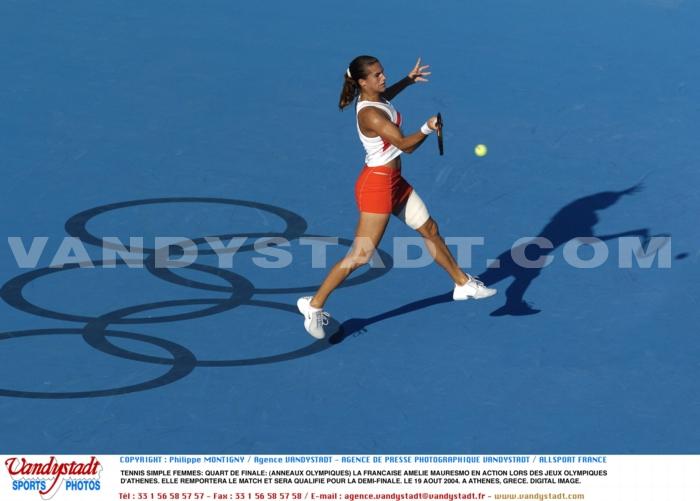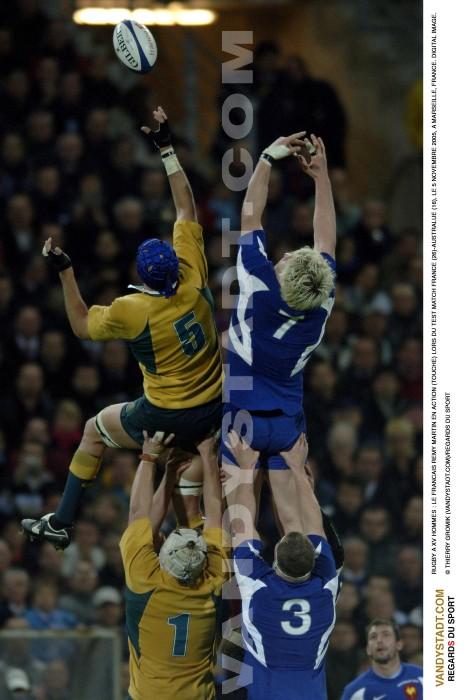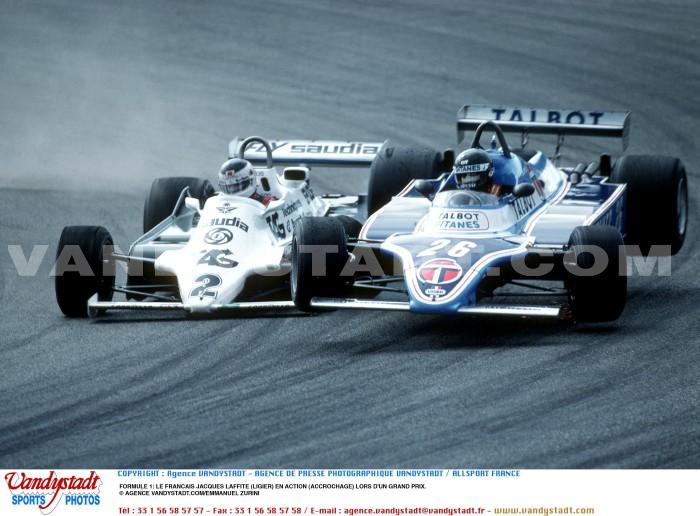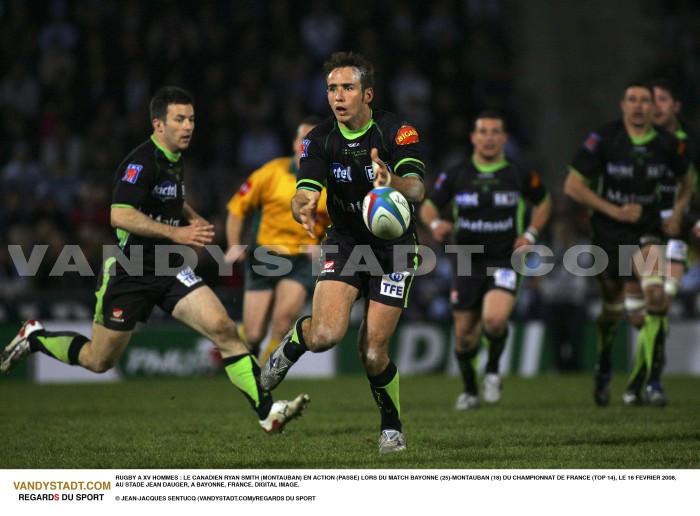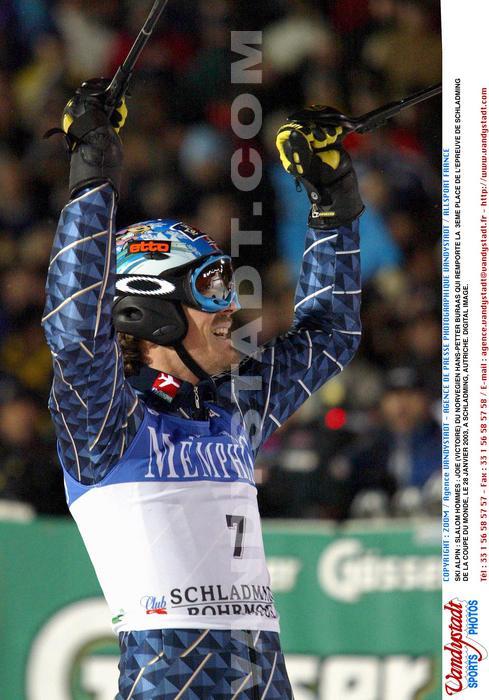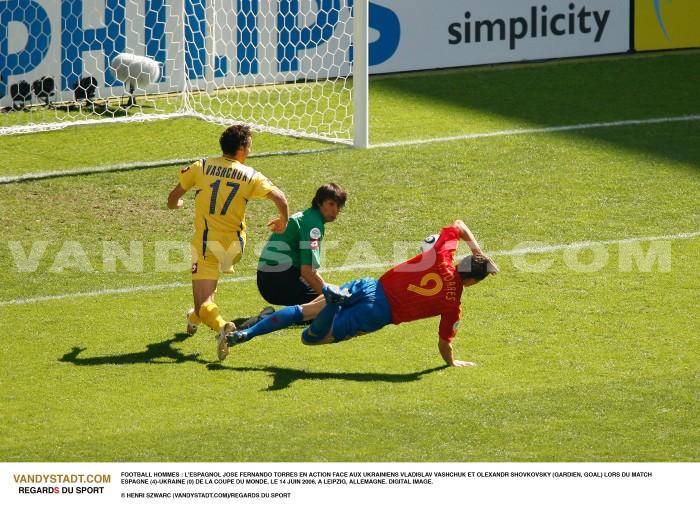Handball - Handball history
Handball - Olympic Sports
![]()
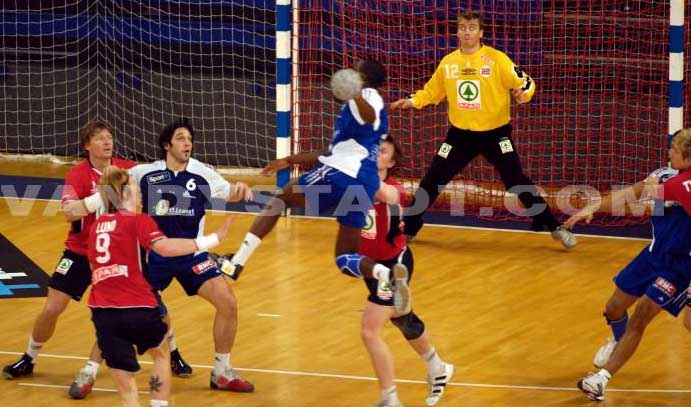
Harpaston: Ancient Roman sport in which players threw a small ball to teammates while trying to avoid enemies. We think it is the ancestor of handball.
History
Although precursors of handball and the current form does have a very distant relationship with respect to the structure and rules, the fact remains that the Games of Urania "Greeks (described by Homer in Odyssey), "the Harpaston" Romans (from the drawings of Roman physician Claudius Galen, 130 to 200 AD) and the "Fangballspiel" sung in the Middle Ages by the troubadour Walther von der Vogelweide (1170-1230), had certain characteristics that could be described as the original forms of handball.
It was born in Germany handball, invented by a gym teacher, Konrad Koch (1846-1911) in the late 19th century and later codified by the Dane Frederik Knudsen in 1911. The German version was played at 11 against 11, while the Danish version was played at 7 against 7. However, some countries have long practiced games like balloons.
In 1892, Czechoslovakia, Joseph Klenke, Inspector gym became known as the "Ceska Hazena" a ball game that had many similarities with the handball 7. In 1904, the Dane Holger Nielsen spread in his country a ball game he invented as the "Handbold. Other ball games, regional or national such as in France, the Jeu de Paume (Rabelais describes the 16th century a form of handball: "They play the ball using the palm") but mostly the ball French, Germany, the ball on goal (Torball) or "Raffball" may have inspired the creators of handball.
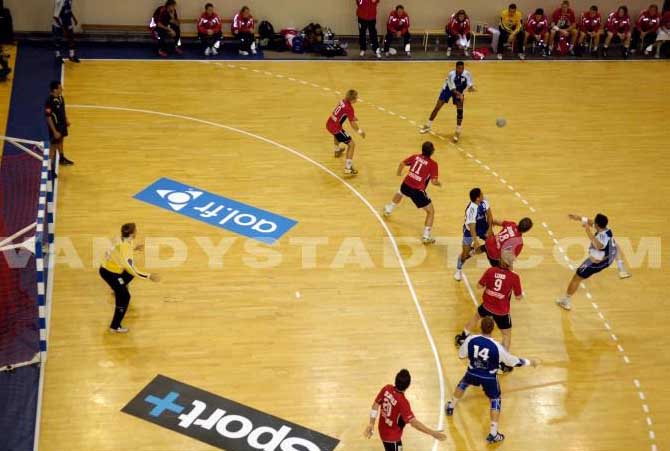
The International Handball Federation was created in 1928 at the Olympic Games. One of the founders was Avery Brundage, former president of the IOC. It currently has 150 member countries with nearly 800 000 teams, more than 8 million of licensees and more than 15 million practitioners worldwide.
In July 1941, handball takes his turn and that the
French Federation of Handball In its current form, is formally established. It was Mr. Rene Bouet which provide the first president of the FFHB (370 000 graduates in 2008).

Key Dates
1917: First rules presented by the German Max Heiser. Handball sport becomes big field.
1925: The first international match at eleven between Austria and Germany, score: 6-3.
1935: First international match France-Luxembourg.
1936: The eleven hand becomes a demonstration sport at the Olympic Games in Berlin
1938: The first World Championships and eleven to seven
1957: First World Championship of Women's Hand (winner: Czechoslovakia))
1972: The seven handball became an Olympic sport.
1976: The women's handball in between Olympism.
The handball and Olympism
The handball was an Olympic sport in 1936, played on grass. Handball present (among 12 teams), played indoors, made his appearance at the 1972 Games. The female hand (among 10 teams) became Olympic in 1976.
Past Team Handball France Male
- Olympic Champion in 2008
- World Champion in 1995, 2001 and 2009
- European Champion in 2006
- Vice World Champion in 1993
- 3rd in the World in 1997, 2003 and 2005
- 4th in the World in 2007
- 3rd of the Olympics in 1992
Past team France women's handball
- World Champion in 2003
- Vice World Champion in 1999
- 4th Olympic 2004
- 3rd European Championship in 2002 and 2006
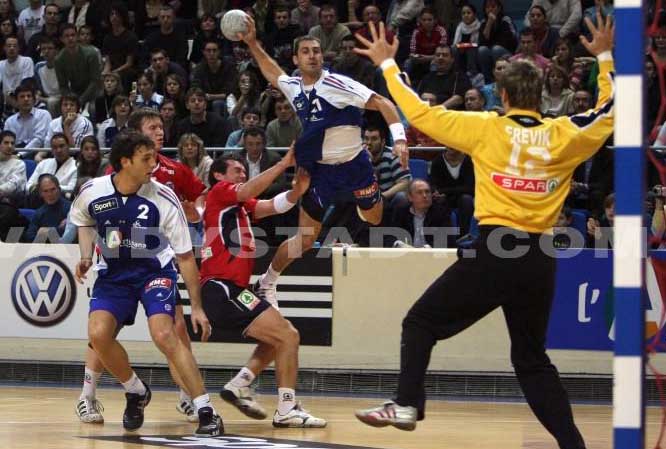
Competition
Handball is a fast game between two teams of seven players who pass the ball, catch and dribble with their hands in trying to score as many goals as possible.
There are two kinds of play :
- The handball played outside.
- Handball to seven, played indoors.
Field
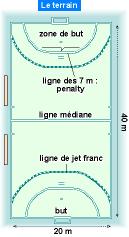
It is a rectangle 40 m long and 20 m wide. The long sides are called sidelines, the small lines between the goal posts and lines of output to the outside of the uprights.
The purpose 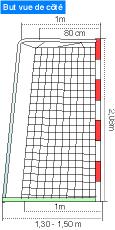
An object is placed in the middle of the line-out goal, firmly fixed. It measures within 2 m high and 3 m wide. The goal area is bounded by a line drawn from 3 m to 6 m in front of goal parallel to the goal line and extended at each end by one quarter of a circle of 6 m radius centered on the rear inner corner of each goalposts. The line delimiting the surface is called the line of goal area.
The balloon
![]()
-for men, the ball must be at the beginning of the match from 58 to 60 cm in circumference and weigh from 425 to 475 gram.
- For women, the ball must be at the beginning of the match from 54 to 56 cm in circumference and weigh from 325 to 400 grams.
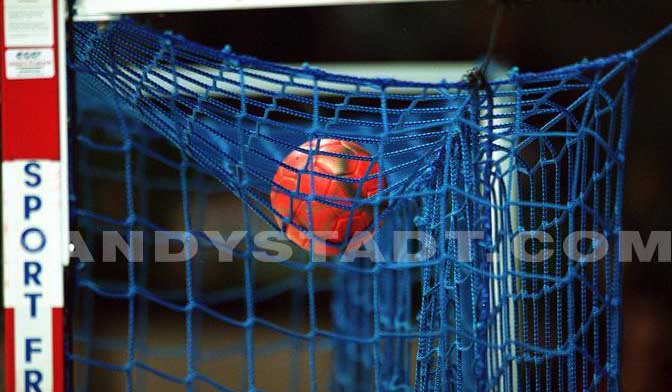
The number of players
A team consists of 12 players (10 field players and 2 goalies). 7 players (6 field players and 1 goalie) can be found both on the ground. The remaining players are substitutes.
Duration
The duration of the game is two halves of 30 minutes, separated by 10 minutes break.
If a match must be continued until one team wins, after a pause of 5 minutes, the choice of camp or commitment is again drawn. The extension lasts 2 x 5 minutes for all teams (change sides without pause).
If the match is still tied after the first extension, a second place after 5-minute break and a new lot, with a duration of 2 x 5 minutes (change sides without pause).
Some rules Validity of goal
A goal is scored when the entire ball crosses the goal line inside the goal and no fault has been committed by the thrower or his teammates before or during shooting.
Goalkeeper
Permission is granted to the custodian:
- Touching on the goal area, in a plan of defense, the ball with any body part;
- Move the goal area without restriction with the ball;
- To leave the goal area if not in possession of the ball and take part in the game
.jpeg)
1. A jet of 7 m is directed in the following cases:
- Improper conduct in an obvious opportunity to score a goal that the entire playing surface;
- Goalkeeper draws on the goal area the ball located on the ground outside the goal area and returned with the ball playing area on the goal area;
- Violation of its own goal area in disadvantaging the attacking player who has possession of the ball;
- Intentional ball launch his own goalkeeper in the goal area;
- Signal end game is not justified at a time to manifest;
- Thwart an opportunity to manifest through the intervention of a person not involved in the game
2. The jet of 7 m is a direct shot on goal and he should be executed within 3 seconds after the whistle of the referee immediately.
3. When running a jet of 7 m, the shooter must not touch or cross the line 7 m before the ball has left his hand.
4. After a 7-m throw, the ball can be played again after hitting the guard, the goalposts or the crossbar.
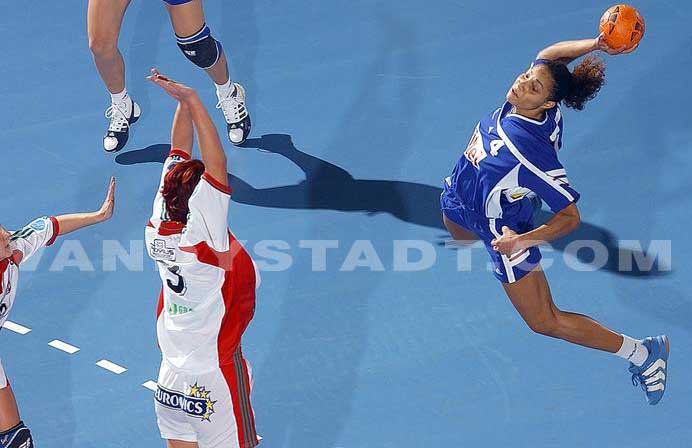
GLOSSARY
Wing: Player moving mainly on the sidelines.
Rear center: position players in midfield who is leading the attacks and takes or attempts to penetrate the defense also called "playmaker."
Yellow card: Card means that the referee caution a day for an offense he committed.
Red Card: Card signifying that the referee ejects a player of the match.
Dribble: Move the ball bouncing on the ground.
Commitment: Shooting from the midline, a teammate at least three yards behind the line and in general to start the game
Expulsion: Eject a player without authorization to replace.
Goalkeeper: Player charged with defending the goals.
Jet referee: Similar to the between-two basketball, the referee throws the ball in the air so that a player from each team draws the catch and control.
Throw: Throw-in for the strikers without intervention by the defense, granted following a minor mistake of the opponent.
Bats: Any player on the field except goalie, also called "fielder".
Lineman: Striker who plays mainly around the line of six meters; also called "hub".
Joueur Field: Any player on the field except goalie, also known as field player. "
line: line through the bottom of the field, not counting the goal line, also called "line of external goal."
Goal Line: Line a ball must pass before a goal is scored.
Free-throw line: Arch dotted circle marked at nine meters goals, defining the area where an attacking team puts into play after a foul was committed in this area, also called the "line of nine meters.
Line limiting Goalie: Line four meters in front of goal marking the boundary to which a custodian may advance to avoid a penalty, also called "line of four meters.
Line four meters: Line four meters in front of goal marking the boundary to which a custodian may advance to avoid a penalty, also called "line of limited guardian.
Line of fire of seven meters: Line a meter located seven meters out from where the penalties are tempted, also called "line of seven meters.
Line Area Goal: Arc of a circle defining the goal area, also called "line of six meters.
Line nine yards: Arch dotted circle marked at nine meters goals, defining the area where an attacking team puts into play after a foul was committed in this area, also called the "free-throw line.
Line seven meters: Line a meter located seven meters out from where the penalties are tempted, also called "line of fire of seven meters.
Line six meters: Arc of a circle defining the goal area, also called "line of goal area.
Outdoor Goal Line: Line through the back of the property but not including the goal line, also called "back line".
Lateral line: line delimiting one side of the field.
Midline: line separating the field into two halves.
PG: Player position in midfield which led the attacks and takes or attempts to penetrate the defense also called "rear center".
Penalty: System tiebreak that, after a tied match, players from each team trying to score against the goalkeeper from the row of seven meters to determine a winner.
Pivot: Striker who plays mainly around the line of six meters; also called "lineman".
Throw-in on key: Shooting from the sidelines to restart the game after the ball has crossed the line side.
Reference Keeper: Vitality game ball by the goalie to one of his teammates after the ball crossed the back line having been touched by the goalie or defense last.
Suspension of two minutes: Penalty for second warning, or for any unlawful conduct or serious unsporting.
Archery Corner: Running performed by an attacker from a corner of the attacking side of the ground, intended to put the ball in play after it crossed the back line and a defender other than the goalkeeper touched .
Penalty shot: Shooting seven yards to the goal only parried by the goalkeeper and awarded as a result of misconduct or because the defense was improperly prevented a great chance to score a goal, also called "shooting seven meters" .
Shooting of seven meters: Shooting made seven yards to the goal only parried by the goalkeeper and awarded as a result of misconduct or because the defense was improperly prevented a great chance to score a goal, also called a "penalty shot".
Shooting Suspended: Test firing while jumping.
Shooter: players, typically tall and good jumper, which derives from the baseline.
Goal Area: Area D-shaped advancing on an area of six yards from goal and occupied only by the goalkeeper.
Copyright Sportquick/Promedi








